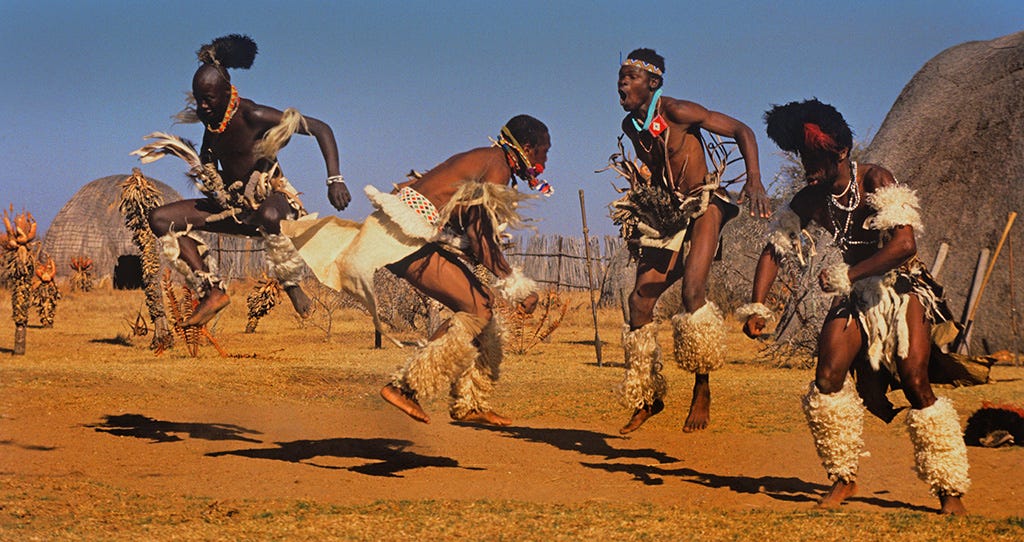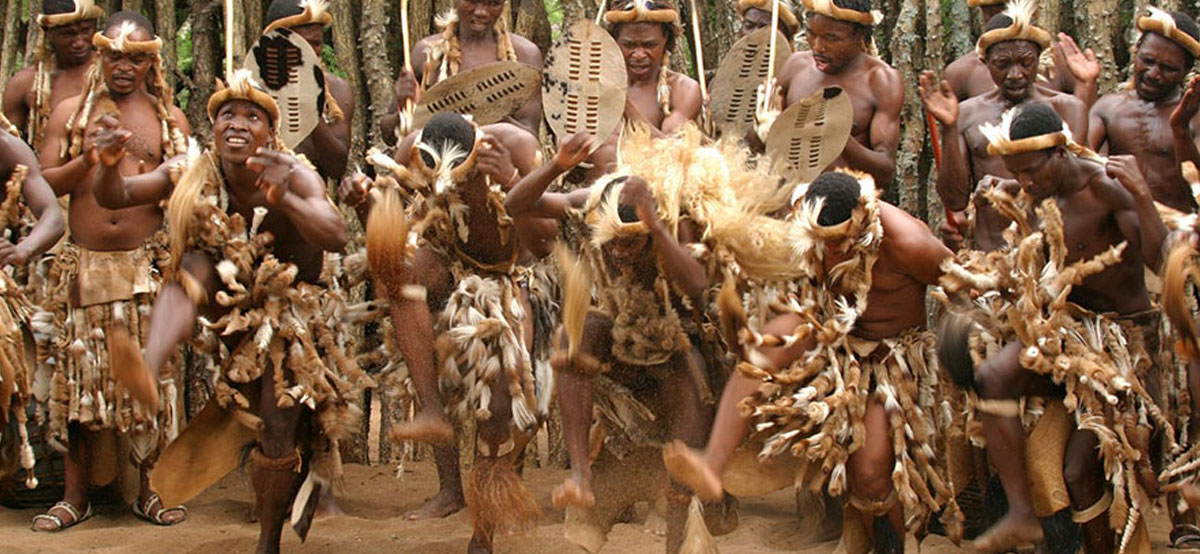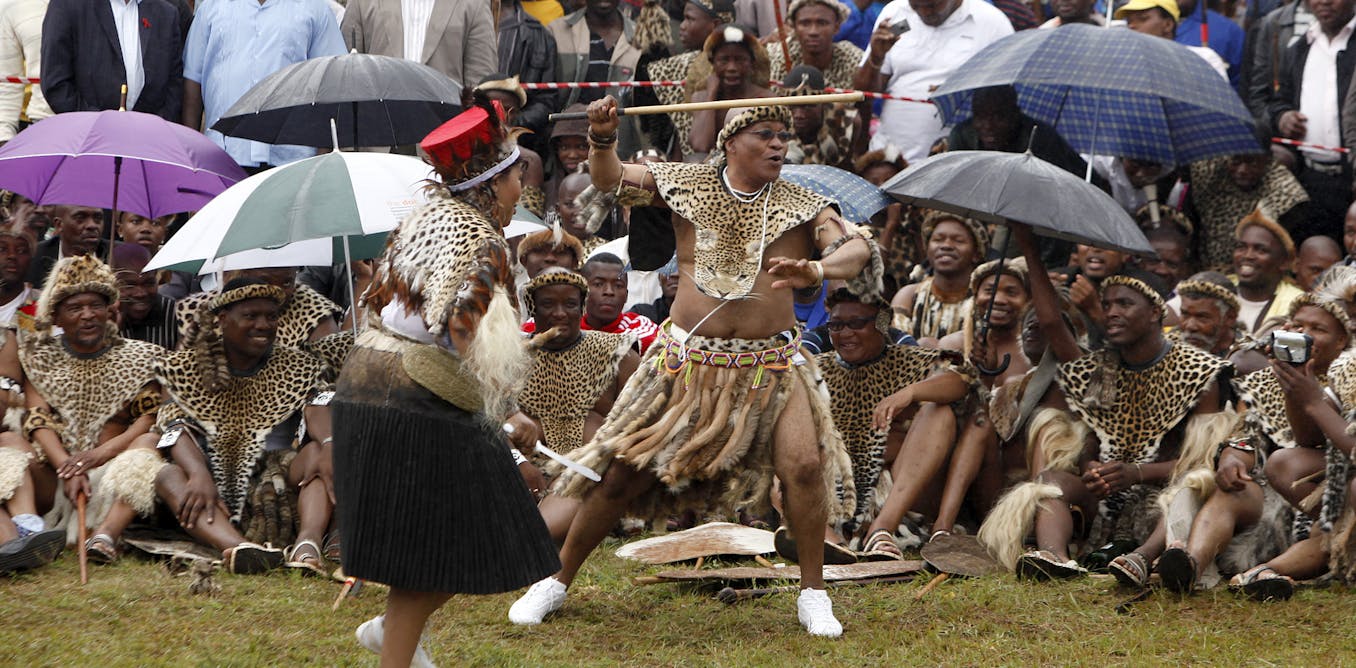An Unbiased View of South African Culture Today
An Unbiased View of South African Culture Today
Blog Article
The Buzz on South African Culture Today
Table of ContentsHow South African Culture Today can Save You Time, Stress, and Money.More About South African Culture TodayThe 9-Second Trick For South African Culture TodayThe Only Guide for South African Culture TodayThe Facts About South African Culture Today UncoveredAll about South African Culture Today
A matter of significance in Zambian towns is the passing away of liked ones. All participants of the village put money, time and effort with each other for the funeral of the deceased.Music and dancing is a very essential aspect of the Zambian society. The various tribal units have their own dancing kinds; however, makishi is typical among all tribes.
The Ultimate Guide To South African Culture Today
When it involves music, drums are made use of the most, with a selection of drumming ceremonies. In Zambia, bulk of individuals are Christian; Protestant and Roman Catholic. There are little teams of Muslims and Hindus, with the remainder adhering to local indigenous tribal ideas.

South African heritage and culture is greatly diverse, and includes several groups of people who each have their own traditions and beliefs. Having such a diversity of individuals and societies is what makes South Africa so one-of-a-kind. In real sense of the phrase, we are a rainbow nation.
South Africa has approximately three hundred thousand Portuguese people living in it. Making it the 7th on the list of nations with one of the most Portuguese individuals in it beyond Portugal. Portuguese is not only a society, yet it is additionally a language and a citizenship. Portuguese people originate from the country of Portugal in Europe, however, due to Portugal (like several other nations in Europe) discovering the globe and conquering other countries throughout the 15th 20th centuries, South Africa has what we call Portuguese South African's living in it.
A Biased View of South African Culture Today
Among the prominent attributes of the topography is a plateau that covers practically 2 thirds of the facility of the country. The plateau facility increases towards the southeast, where it climaxes in the Drakensberg variety, part of an escarpment that divides the plateau from the seaside areas. The Drakensburg includes Sparkling wine Castle, the greatest height in the country.
The region north of the Witwatersrand, called the bushveld, inclines downward from east to west towards the Limpopo River, which creates the worldwide boundary. The western area of the plateau, the middleveld, also comes down in the direction of the west and varies in elevation in between the highveld and bushveld. In between the Drakensburg and the eastern and southern shoreline, the land comes down to the sea.
Nearer the shore there is a low-lying plain called the eastern lowveld. Southwest of the plateau the country comes to be considerably much more dry, paving the way to the hostile desert of the Great Karroo, approached the east by the reduced, much better watered plateau of the Little Karroo. Separating the completely dry southerly inside from the sandy coastal of the southern coast and West Cape is one more variety, the Langeberg.
The Definitive Guide to South African Culture Today
The country's racially, ethnically, and politically split background has actually generated nationwide and see subnational icons that still work as signs of the country, and others symbols that are accepted only by certain teams. The monoliths to white inhabitant conquest and political supremacy, such as the Afrikaner Voortrekker ("pioneer") Monument in Pretoria and the Rhodes Monument honoring the British colonial realm contractor and Cape prime preacher Cecil Rhodes, continue to be sectarian icons.
The very first contemporary residents were the San ("bushman") hunter-gatherers and the Khoi ("Hottentot") peoples, that rounded up livestock (South African culture today). The San may have existed for hundreds of years and left proof of their existence in thousands of ancient cavern paints ("rock art"). Bantu-speaking clans that were the ancestors of the Nguni (today's amaZulu, amaXhosa, amaSwazi, and vaTsonga individuals) and Tswana-Sotho language groups (today's Batswana and Southern and Northern Basotho) migrated below east Africa as very early as the fifteenth century

Both former republics of the Orange Free State and Transvaal (South African Republic) were established by Afrikaner inhabitants that defeated and dispossessed the Basotho and Batswana. Lesotho would certainly have been by force integrated into the Orange Free State without the expansion of British protection in 1869. The best unification of the nation arised from the South African War (18991902) in between check out this site the British and the 2 Afrikaner republics, which reduced the country to ruin at the beginning of the twentieth century.
Afrikaners traditionally considered themselves the only true South Africans and, while providing complete citizenship to all locals of European descent, rejected that standing to people of color up until the democratic change of 1994. British South Africans preserve a sense of cultural and social connection to Great Britain without weakening their identity as South Africans.
South African Culture Today Fundamentals Explained
The diversity and fragmentation within ethnic collections and the equilibrium of tensions between those groups during the twentieth century stopped interethnic civil dispute. While intergroup tensions over resources, entitlements, and political dominance remain, those conflicts are as most likely to match Zulu versus Zulu as Zulu versus Xhosa or African versus Afrikaner.
From colonial India, British merchants and administrators brought the bent steel ornamental roofing systems and slender lace job columns that still typify the terraces of cottages arounds Related Site and cities throughout the country. Homes of worship contribute a vital building aspect even in the smallest communities. Along with the soaring steeples and classic stonework of Afrikaans Dutch Reformed churches, Anglican churches, synagogues, mosques, and Hindu temples supply range to the religious building scene.

Butchering and the brewing of standard cereal beer are necessary in securing the involvement and a good reputation of the ancestors who are taken into consideration the guardians of good luck, success, and well-being. Indian neighborhoods keep their indigenous culinary customs and use them on Islamic and Hindu routine and ceremonial occasions. Afrikaners and Coloured people collect at weekend breaks and unique occasions at multifamily bbqs called braais, where community bonds are enhanced.
Since this was the main financial venture of both black Africans and white colonists, dispute in between those groups fixated the belongings of grazing land and livestock. In 1867, the largest diamond deposits on the planet were uncovered at Kimberley in the west main location. The wide range from those areas aided fund the exploitation of the greatest gold reef on the planet, which was found on the Witwatersrand in 1886.
South African Culture Today for Beginners
This brought about misunderstandings and purposeful misrepresentation in the ventures of white inhabitants and government authorities with African principals during the early american duration (South African culture today). In the facility of African books, some aspects of public and primarily "tribal trust fund" land period were protected, and also in white country areas, kinds of public tenure were still exercised in locations with African areas
After the democratic change of 1994, programs for land restitution, redistribution, and reform were set up, yet progression has been slow-moving. The white minority still manages eighty percent of the land. In the wake of agricultural land intrusions in Zimbabwe, the Department of Land Matters has actually promised to speed land redistribution.
Report this page